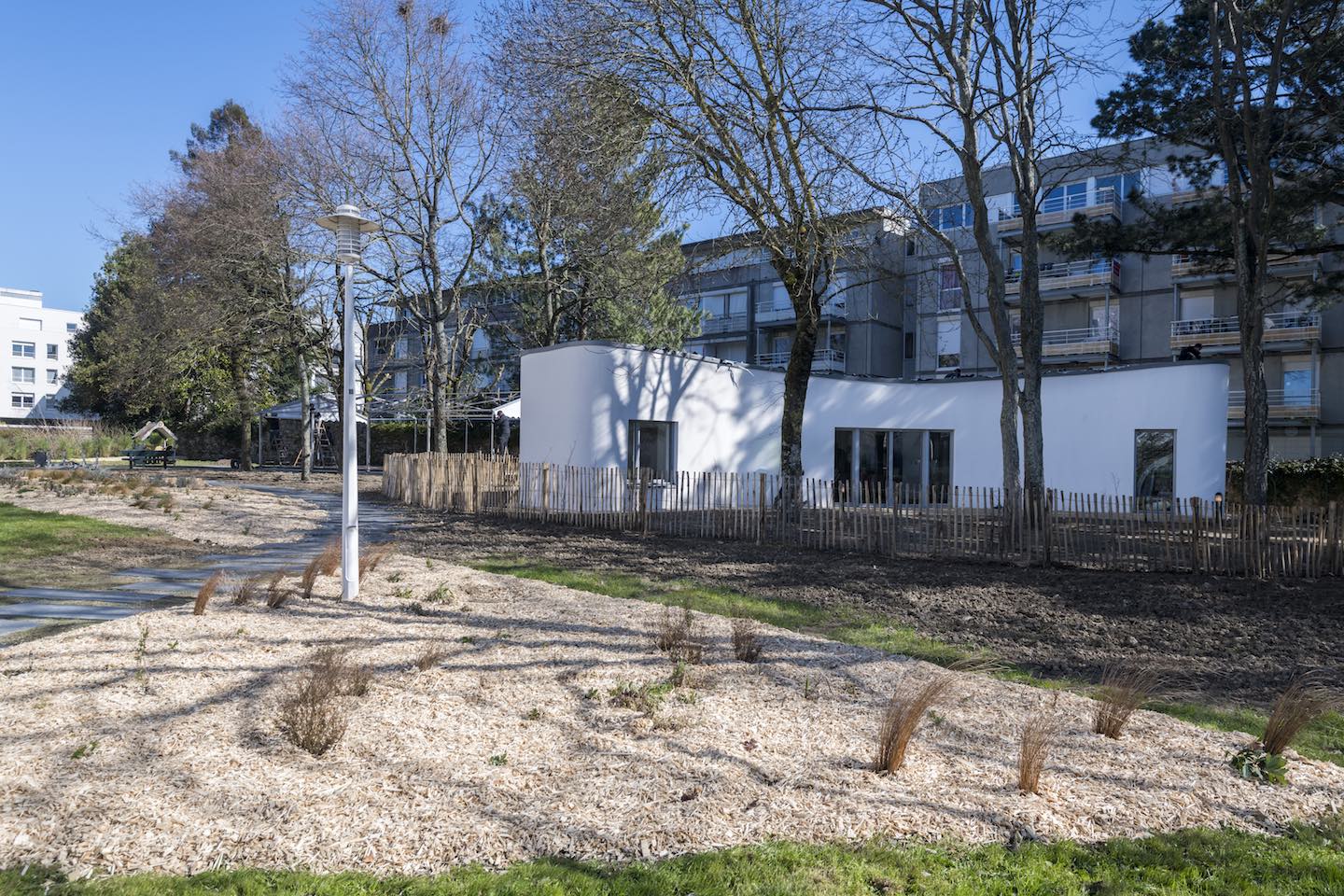3D printing could and will also turn an entire industry upside down at some point, conventional trades will gain new significance, standards that were previously in force will be called into question, new building materials will be researched, regulations will have to be redefined, whereby sustainability, design and diversity will "turn the market upside down" at reduced costs, especially in the area of architecture.
By Sabine Slaughter
3D printing and architecture begin to find each other and form symbioses. What is possible on a small scale, in the prototyping of building models, will also become reality on a large scale in the future, i.e. in the construction or rather in the printing of houses, bridges, and many other architectural projects.
Almost everyone has heard of 3D-printed architectural projects: be it a bridge in Spain for pedestrians and bicycles, the canal house in Amsterdam, the Möbius house (so named after its shape of an endless loop, which is also called Möbius strip), a barracks for the US army or a house with four bedrooms for a French family. These examples are representative of many projects reported on in various media, which underpin the entry of 3D printing into the construction industry. Their architecture and design are usually only possible through the use of 3D technology, whereby the cost factors and time required for printing are significantly lower than those of previous construction methods.
Theory and practice
3D printing technology in architecture is now so advanced that, theoretically, windows, glass and doors could be printed "in one go" alongside the walls - including piping, cable ducts, sanitary facilities, etc. A house printed in this way could be ready to move in, except for the wallpaper and furniture. Of course, furniture and floor coverings could also be printed if desired. And all this individually - according to the wishes and ideas of the future users. But this is only theory at the moment, as a wide variety of conditions have yet to be met in practice.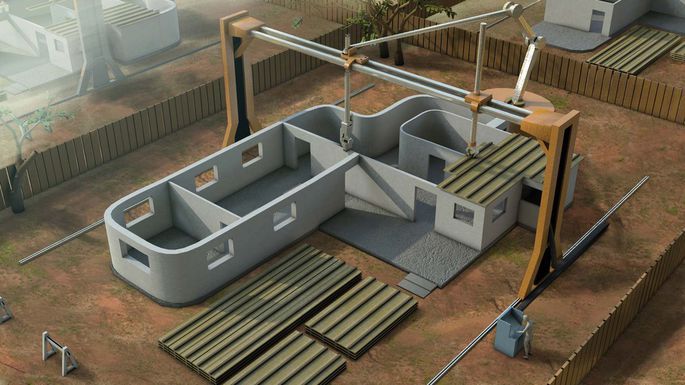 Challenges
Challenges
Of course every reader wonders now, if 3D-printed houses are already reality, why, precisely because they have lower construction costs, are they not for me to have? Why are they not offered in abundance? Why aren't 3D-printed accommodations "simply printed fast" for those affected, especially in the case of catastrophes such as earthquakes, floods, etc.? Theoretically, this would be possible if the 3D printing of architecture were not still in the crèche.
One of the biggest challenges is building materials. Traditionally, houses are built with stone, wood, cement, concrete, mortar, loam, etc. Any liquid substance that solidifies in the cold could theoretically be used to build a house," explains Paul Tinari, CEO of Capra Megalodon 3D Concrete. This would also make it possible to build a house from chocolate or biscuit dough.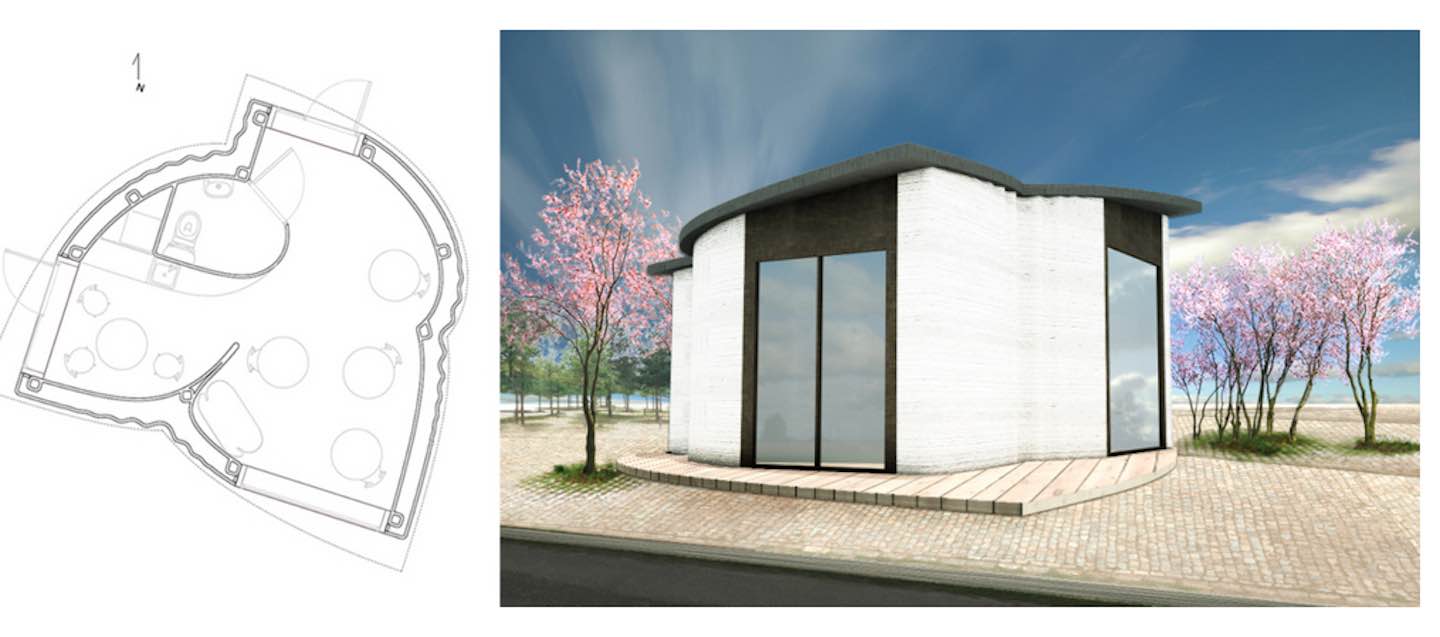 This already represents the basic problem for the architect, but also for government agencies: Which materials are suitable for 3D printing of a house? What about statics? Do other regulations, such as earthquake safety, have to be observed in the planned 3D printing area? What are the energy values? How does the building material behave in different weather conditions? What about sustainability?
This already represents the basic problem for the architect, but also for government agencies: Which materials are suitable for 3D printing of a house? What about statics? Do other regulations, such as earthquake safety, have to be observed in the planned 3D printing area? What are the energy values? How does the building material behave in different weather conditions? What about sustainability?
New regulations
The previous data and statics refer to traditional construction methods. Many regions of the world have used or are using different techniques and building materials from history. These not only depend on the needs of the inhabitants or the requirements of the company, the traffic, but also on the climatic conditions.
In 3D printing, however, the building materials are applied layer by layer through one or more, albeit large, inkjet nozzles. The material consists not only of cement, but of many newly developed material mixtures whose properties must first of all be checked and verified. Since traditional trades are mixed together, building contractors, experts and experts must also have interdisciplinary knowledge. Accordingly, new regulations must be drawn up. These, however, take time. Material testing in particular will take longer with the increasing number of material mixtures. The statics must also be completely recalculated for 3D-printed objects. These are not houses built stone on stone, or whose walls are made of cement - 3D printing often uses a kind of cavity construction with filling. The drying or hardening of this printing technology must be investigated. This should even have a better statics than the previous, traditional construction method. But as already mentioned, these processes, which are supposed to protect the people who use this building, take time.
Accordingly, new regulations must be drawn up. These, however, take time. Material testing in particular will take longer with the increasing number of material mixtures. The statics must also be completely recalculated for 3D-printed objects. These are not houses built stone on stone, or whose walls are made of cement - 3D printing often uses a kind of cavity construction with filling. The drying or hardening of this printing technology must be investigated. This should even have a better statics than the previous, traditional construction method. But as already mentioned, these processes, which are supposed to protect the people who use this building, take time.
In addition to the various material mixtures etc., another factor is the "construction method". There are various approaches and methods such as stereolithography, fixed or extendable elements in terms of "printing area size", and so on, and so forth... All this and much more plays an important role in the assessment and creation of new regulations that regulate the 3D printing of building objects according to region. To come back to a theoretically possible chocolate house: This would possibly be possible in the Arctic or Antarctic, in the tropics such a project would already fail because of the temperatures.
Costs and time factor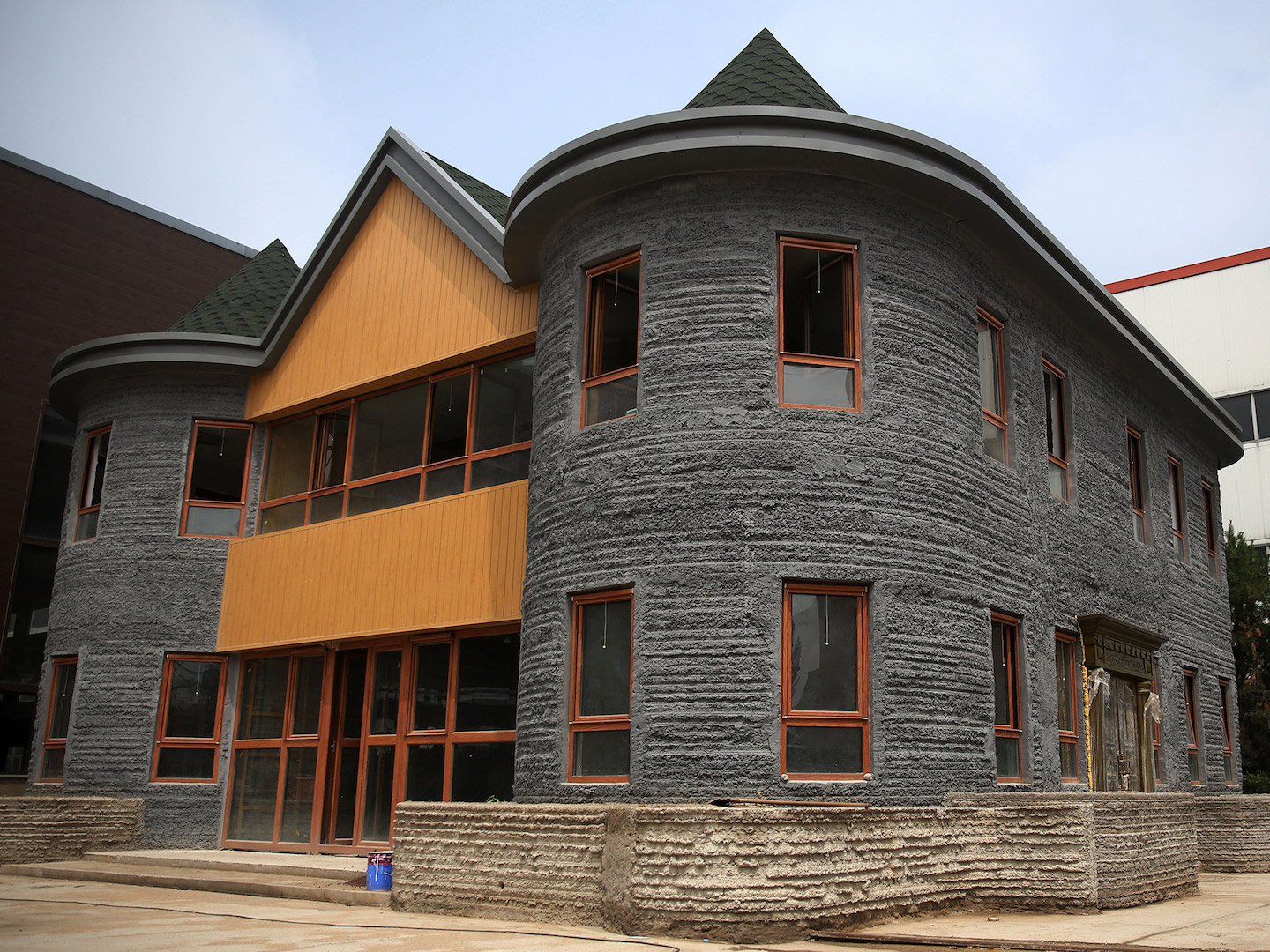 All construction projects printed so far have one thing in common: they are considerably cheaper than the traditional construction method and also require less time to produce. For example, the cost of a printed four-bedroom single-family home in France was 20% lower than conventional construction with 33 hours. In a construction project with many natural materials from the surrounding area, the cost was even less than 1,000 euros - but drying the materials took a little longer, so the printing of the house took 10 days. In Canada, a company says it can print a four-bedroom house for as little as $20,000 (the equivalent of about $13,500) - with the price going up depending on the size of the house.
All construction projects printed so far have one thing in common: they are considerably cheaper than the traditional construction method and also require less time to produce. For example, the cost of a printed four-bedroom single-family home in France was 20% lower than conventional construction with 33 hours. In a construction project with many natural materials from the surrounding area, the cost was even less than 1,000 euros - but drying the materials took a little longer, so the printing of the house took 10 days. In Canada, a company says it can print a four-bedroom house for as little as $20,000 (the equivalent of about $13,500) - with the price going up depending on the size of the house.
Especially after catastrophes like earthquakes, forest fires, floods, the fast and inexpensive construction of houses or even only temporary accommodations would prove to be a true "rescue" and the affected persons would be provided with an accommodation which offers security.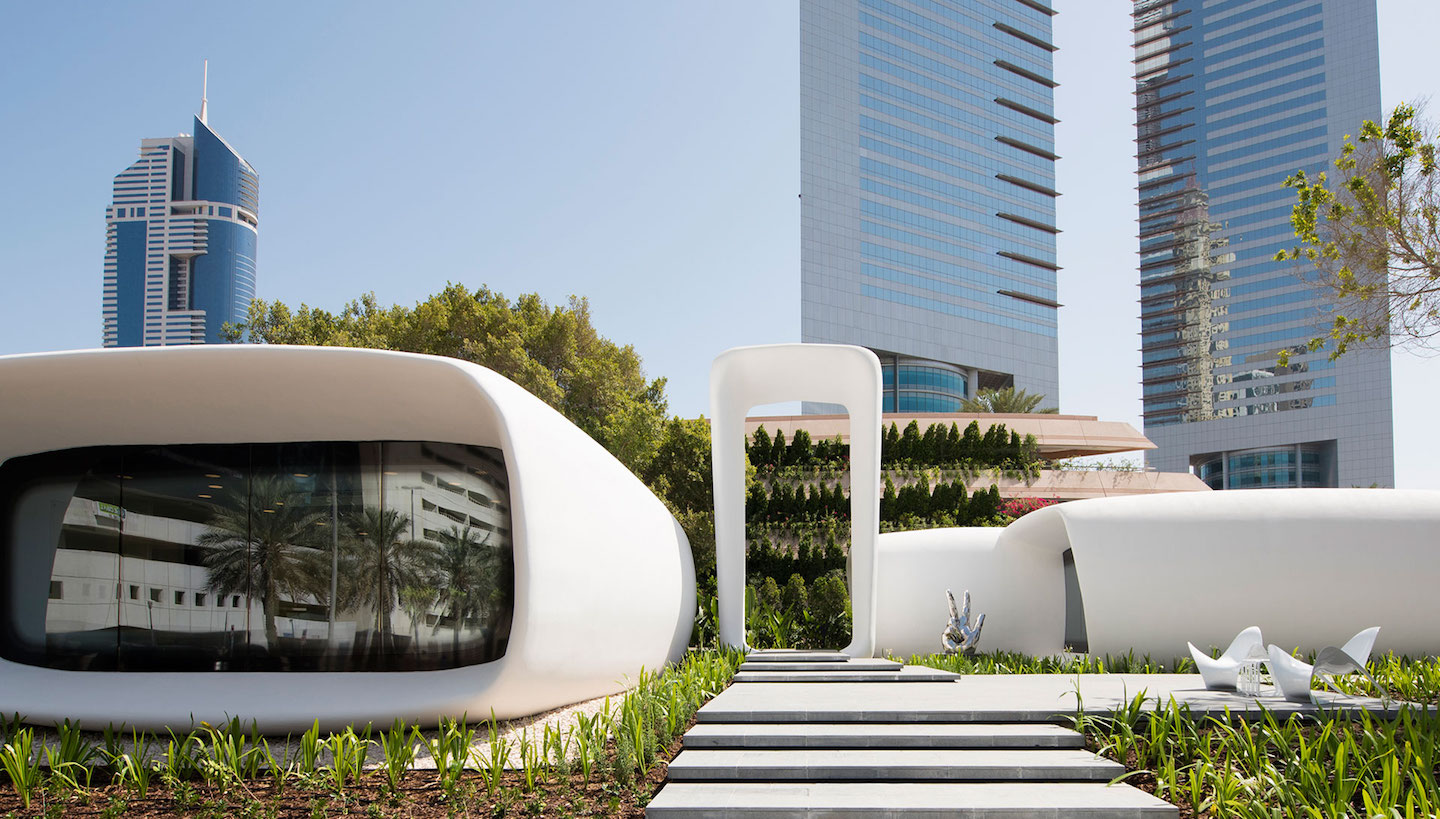 Sustainability
Sustainability
In addition to low energy values, environmentally friendly construction with materials that are as durable as possible and have a low impact on the environment is one of the key factors that promise sustainability. Here, too, companies are striving to meet these demands. Projects are underway around the world to test a wide range of 3D printers and materials, depending on regional requirements, in order to print a building that is as sustainable as possible.
Final thoughts
So far, houses and buildings have also been investment properties. They are seen as a precaution for the future. But what happens if houses are available at the price of a mid-range car? Will they continue to be regarded as a "good investment" or will they become commodities that can be exchanged at will after some time, like a car?
There is currently a trend for people to move to cities. However, the building land in these cities is usually already insufficient and there is a corresponding housing shortage. Of course, it is possible to build up to the heights, but have the problems been solved? And what happens if this trend is reversed and, as in the 1970s and afterwards, there is a "rural exodus"? Will houses be printed, torn down and reprinted on the previously vacant building sites and existing built-up regions, depending on the wishes of the owners of the plots? Or do you move "your" house by tearing it down at one point, recycling the materials, and then reprinting them at another point? The answer to all these questions will be the future.
It is also interesting to see how the construction industry is responding to this absolute break with tradition, what knowledge and skills the construction worker of the future must have, and how the industry is coping with the opportunities and possibilities that present themselves.

 Deutsch (Germany)
Deutsch (Germany)  Polski (PL)
Polski (PL) 